Sony Xperia E3 Review
Sony Xperia E3
4G from a top brand for under £100?
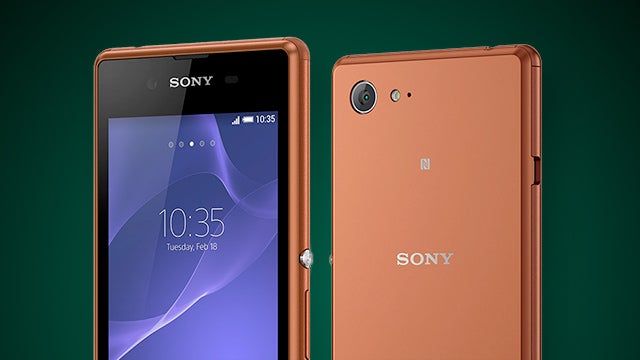
Sections
- Page 1 Sony Xperia E3 Review
- Page 2 Software and Performance Review
- Page 3 Camera, Battery Life and Verdict Review
Verdict
Pros
- Has 4G
- Low price
- Good battery life
Cons
- Low-res screen
- Quite chunky for screen size
- Very low-detail camera
Key Specifications
- Review Price: £99.99
What is the Sony Xperia E3?
The Sony Xperia E3 is a budget phone with 4G that patches up some of the issues we had with the Sony Xperia E1. It’s better-made, is faster and feels like less of a ‘cheap’ phone all-round.
However, it still struggles to offer good value for money compared with the phones we’ve looked at over the past twelve months thanks to its limited screen.
SEE ALSO: Best Phones Round-up
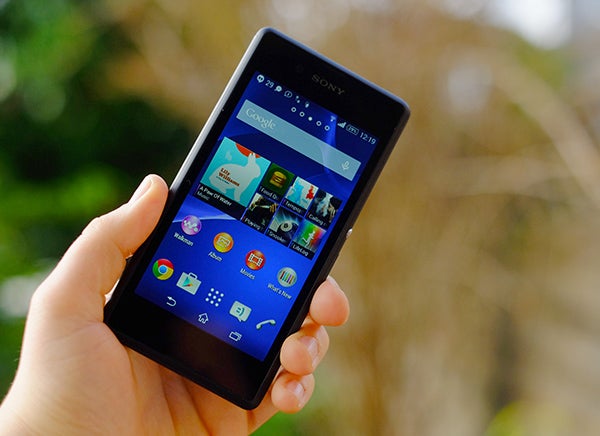
Sony Xperia E3 – Design
Sony has clearly tried to address core issues of the Sony Xperia E1 with the Xperia E3. It feels a lot more solid, solving some of the basic build complaints we had about the E1.
It does its best to seem like a unibody phone while still having a removable plastic rear. How? The sides of the phone are not part of the cover, and are very hard given they’re made of plastic. It helps the Xperia E3 feel far better-made than the Xperia E1.
However, the design isn’t quite a smash. The issue: the Sony Xperia E3 js pretty large for something with a 4.5-inch screen – it’s almost as wide as the 5-inch Moto G 2014 despite having a much smaller display.
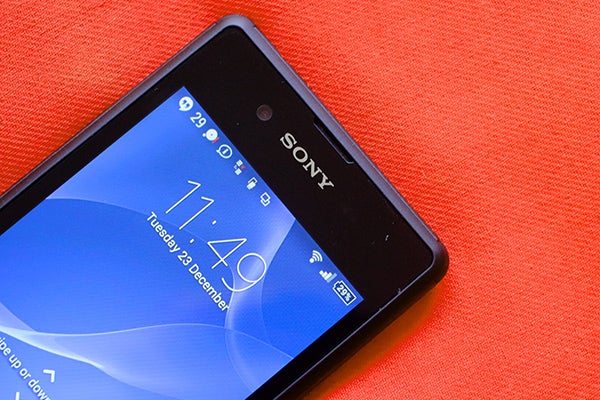
Aside from saving a bit of cash, ending up with a smaller phone is the obvious reason to buy one with a smaller screen, and that whole side of the equation is nixed here. Handling is still fairly good thanks to the curved edges and soft-touch finish, but if you’re after a phone for a young person, or just one with teeny hands, the first-generation Moto G or Moto E might be a better choice.
For most it’s more about comfort and feel than a practical concern, though, as Sony’s usual Omnibalance-style design puts all the right buttons in the right places – as long as you hold your phone in your right hand, that is. Unlike the higher-end Xperias, the power button isn’t slap bang in the middle of the Xperia E3’s side, but it’s near the middle, has very clear contouring, and sits next to the volume rocker.
It’s in the perfect position for those 3995 times we quickly check our phones every day.
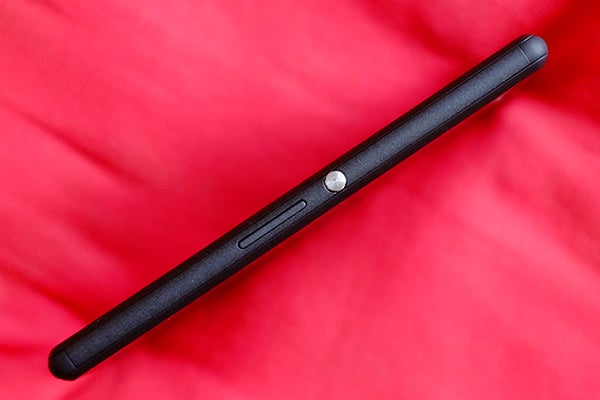
There are other elements of the hardware that show a set of slightly skewed priorities, though. First, it the Xperia E3 has NFC. This is something that is generally missing from entry-level phones, an obvious victim of cost-cutting measures.
That’s well and good, but when the phone also has just 4GB storage we have to wonder whether Sony has really made enough of the right choices. The Moto G, the EE Kestrel, the Honor 3C and Hisense Sero 5 – all similar-price phones – have 8GB storage, conscious that it gives you a much nicer buffer to work with.
The Sony Xperia E3’s 4GB only leaves you with around 1.2GB to actually use. There is a microSD slot, too, but having a bigger buffer is handy when you’re dealing with games that require a big initial download. We’d rather have more memory than NFC.
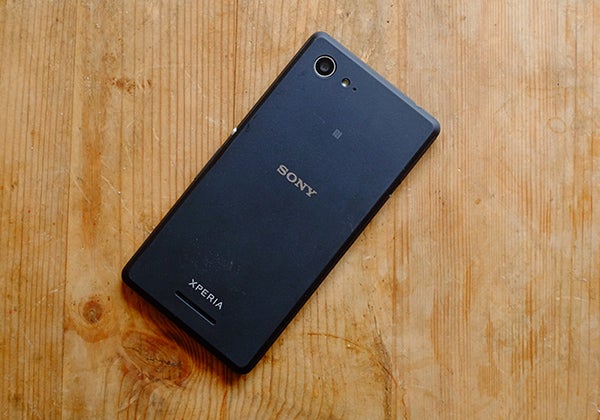
Sony Xperia E3 – Screen
Screen quality is perhaps the most serious issue with the Sony Xperia E3 hardware. It has a 4.5-inch 480 x 854-pixel IPS screen, offering fairly poor resolution next to most of our favourite phones around £100. At this price the Moto G isn’t quite a fair comparison, as the 4G version costs a fair bit more (£30), but the EE Kestrel offers greater 540 x 960-pixel resolution for £10 less.
Not having that extra resolution bump has held back Sony’s budget phones over the last 18 months, and it continues to do so. Everything just doesn’t have the sharpness and clarity that we have come to expect, and it affects every part of the phone. Browsing, gaming, video-watching – everything but the most basic of phone tasks makes the low screen resolution quite obvious.
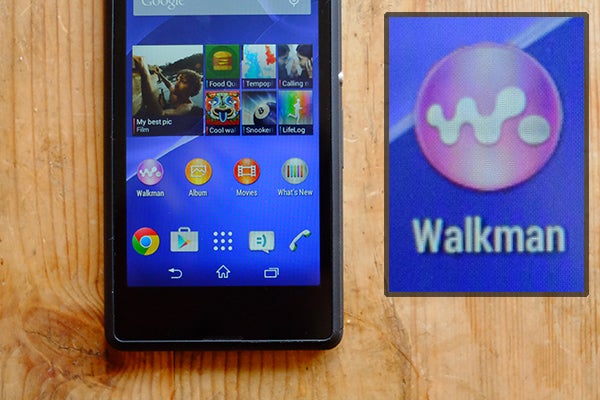
However, we’re glad to report that the Xperia E3 is otherwise a big image quality improvement over the Xperia E1. Viewing angles, contrast and colour reproduction have all been jacked-up, suggesting that Sony has changed the quality of panel that goes into its budget phones. Or just lucked-out.
Colours are now fairly vivid, with a striking character that’s comparable with that of the Xperia Z3. Images look nice and rich, showing off the colourful style of the Sony custom interface.
Unfortunately it’s not enough to make us forgive the resolution issue. And it’s still far from perfect, with much greater brightness loss at an angle than you’d see in a higher-end phone.
The Sony Xperia E3 doesn’t use Gorilla Glass either – a toughened glass layer used in many phones as a protective top surface. It does use tempered glass, but clearly isn’t as tough as Gorilla Glass as you can very easily cause screen distortion with fairly light finger pressure.
How we test phones
We test every mobile phone we review thoroughly. We use industry standard tests to compare features properly and we use the phone as our main device over the review period. We’ll always tell you what we find and we never, ever, accept money to review a product.


